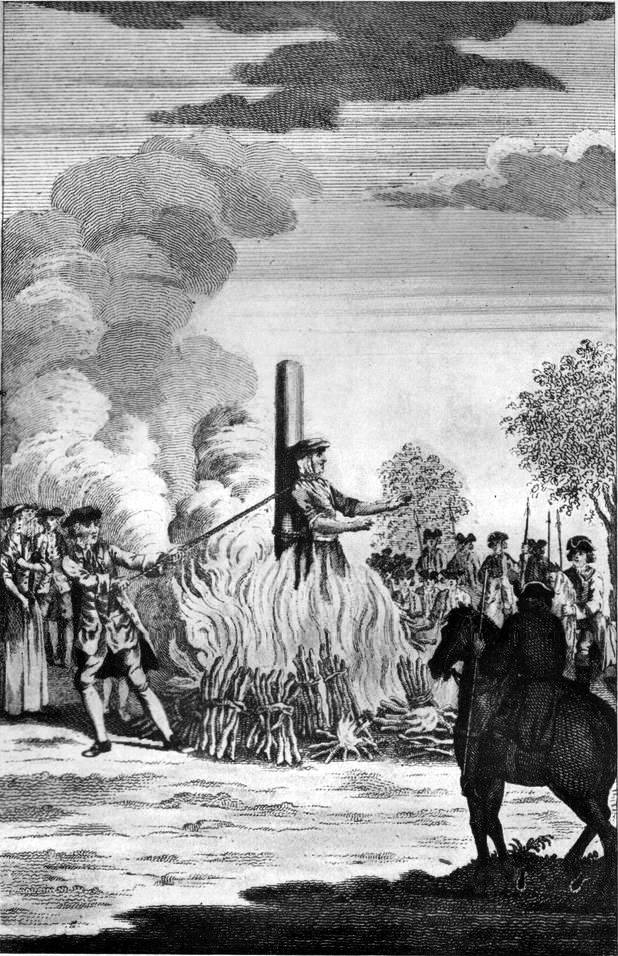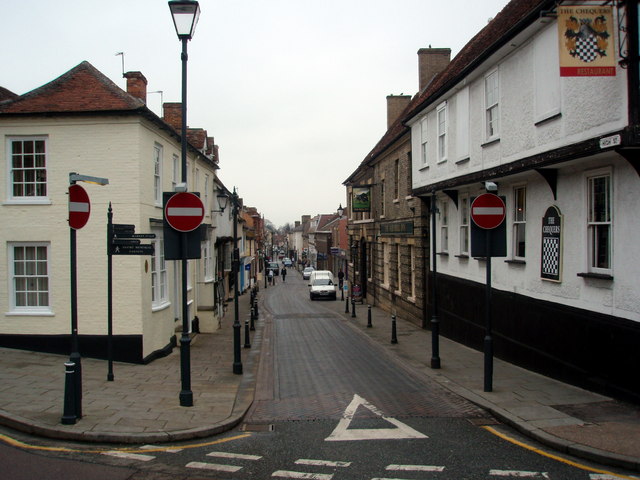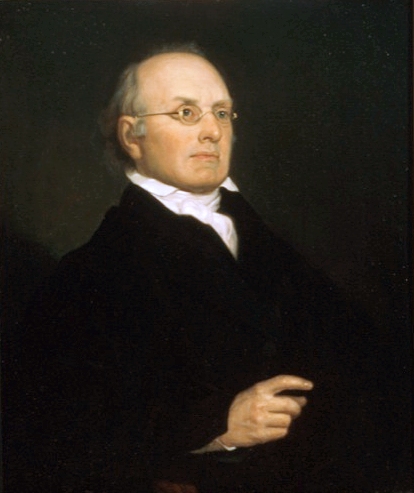|
Treason Act 1351
The Treason Act 1351 is an Act of the Parliament of England which codified and curtailed the common law offence of treason. No new offences were created by the statute. It is one of the earliest English statutes still in force, although it has been very significantly amended. It was extended to Ireland in 1495 and to Scotland in 1708. The Act was passed at Westminster in the Hilary term of 1351, in the 25th year of the reign of Edward III and was entitled "A Declaration which Offences shall be adjudged Treason". It was passed to clarify precisely what was treason, as the definition under common law had been expanded rapidly by the courts until its scope was controversially wide. The Act was last used to prosecute William Joyce in 1945 for collaborating with Germany in World War II. The Act is still in force in the United Kingdom. It is also still in force in some former British colonies, including New South Wales. Like other laws of the time, it was written in Norman French. T ... [...More Info...] [...Related Items...] OR: [Wikipedia] [Google] [Baidu] |
Short Title
In certain jurisdictions, including the United Kingdom and other Westminster-influenced jurisdictions (such as Canada or Australia), as well as the United States and the Philippines, primary legislation has both a short title and a long title. The long title (properly, the title in some jurisdictions) is the formal title appearing at the head of a statute (such as an act of Parliament or of Congress) or other legislative instrument. The long title is intended to provide a summarised description of the purpose or scope of the instrument. Like other descriptive components of an act (such as the preamble, section headings, side notes, and short title), the long title seldom affects the operative provisions of an act, except where the operative provisions are unclear or ambiguous and the long title provides a clear statement of the legislature's intention. The short title is the formal name by which legislation may by law be cited. It contrasts with the long title which, while usua ... [...More Info...] [...Related Items...] OR: [Wikipedia] [Google] [Baidu] |
New South Wales
) , nickname = , image_map = New South Wales in Australia.svg , map_caption = Location of New South Wales in AustraliaCoordinates: , subdivision_type = Country , subdivision_name = Australia , established_title = Before federation , established_date = Colony of New South Wales , established_title2 = Establishment , established_date2 = 26 January 1788 , established_title3 = Responsible government , established_date3 = 6 June 1856 , established_title4 = Federation , established_date4 = 1 January 1901 , named_for = Wales , demonym = , capital = Sydney , largest_city = capital , coordinates = , admin_center = 128 local government areas , admin_center_type = Administration , leader_title1 = Monarch , leader_name1 = Charles III , leader_title2 = Governor , leader_name2 = Margaret Beazley , leader_title3 = Premier , leader_name3 = Dominic Perrottet ( Liberal) , national_representation = Parliament of Australia , national_representation_type1 = Se ... [...More Info...] [...Related Items...] OR: [Wikipedia] [Google] [Baidu] |
The Crown
The Crown is the state in all its aspects within the jurisprudence of the Commonwealth realms and their subdivisions (such as the Crown Dependencies, overseas territories, provinces, or states). Legally ill-defined, the term has different meanings depending on context. It is used to designate the monarch in either a personal capacity, as Head of the Commonwealth, or as the king or queen of their realms (whereas the monarchy of the United Kingdom and the monarchy of Canada, for example, are distinct although they are in personal union). It can also refer to the rule of law; however, in common parlance 'The Crown' refers to the functions of government and the civil service. Thus, in the United Kingdom (one of the Commonwealth realms), the government of the United Kingdom can be distinguished from the Crown and the state, in precise usage, although the distinction is not always relevant in broad or casual usage. A corporation sole, the Crown is the legal embodiment ... [...More Info...] [...Related Items...] OR: [Wikipedia] [Google] [Baidu] |
Escheat
Escheat is a common law doctrine that transfers the real property of a person who has died without heirs to the crown or state. It serves to ensure that property is not left in "limbo" without recognized ownership. It originally applied to a number of situations where a legal interest in land was destroyed by operation of law, so that the ownership of the land reverted to the immediately superior feudal lord. Etymology The term "escheat" derives ultimately from the Latin ''ex-cadere'', to "fall-out", via mediaeval French ''escheoir''. The sense is of a feudal estate in land falling-out of the possession by a tenant into the possession of the lord. Origins in feudalism In feudal England, escheat referred to the situation where the tenant of a fee (or "fief") died without an heir or committed a felony. In the case of such demise of a tenant-in-chief, the fee reverted to the King's demesne permanently, when it became once again a mere tenantless plot of land, but could be re ... [...More Info...] [...Related Items...] OR: [Wikipedia] [Google] [Baidu] |
Burning Of Women In England
In England, burning was a legal punishment inflicted on women found guilty of high treason, petty treason, and heresy. Over a period of several centuries, female convicts were publicly burnt at the stake, sometimes alive, for a range of activities including coining and mariticide. While men guilty of heresy were also burned at the stake, those who committed high treason were instead hanged, drawn and quartered. The English jurist William Blackstone supposed that the difference in sentencing, although "full as terrible to the sensation as the other", could be explained by the desire not to publicly expose a woman's body. Public executions were well-attended affairs, and contemporary reports detail the cries of women on the pyre as they were burned alive. It later became commonplace for the executioner to strangle the convict, and for the body to be burned post-mortem. In the latter half of the eighteenth century, changing attitudes to such public displays prompted Sir Benja ... [...More Info...] [...Related Items...] OR: [Wikipedia] [Google] [Baidu] |
Hanged, Drawn And Quartered
To be hanged, drawn and quartered became a statutory penalty for men convicted of high treason in the Kingdom of England from 1352 under King Edward III (1327–1377), although similar rituals are recorded during the reign of King Henry III (1216–1272). The convicted traitor was fastened to a hurdle, or wooden panel, and drawn by horse to the place of execution, where he was then hanged (almost to the point of death), emasculated, disembowelled, beheaded, and quartered (chopped into four pieces). His remains would then often be displayed in prominent places across the country, such as London Bridge, to serve as a warning of the fate of traitors. For reasons of public decency, women convicted of high treason were instead burned at the stake. The same punishment applied to traitors against the King in Ireland from the 15th century onward; William Overy was hanged, drawn and quartered by Lord Lieutenant Richard Plantagenet, 3rd Duke of York in 1469, and from the reign of ... [...More Info...] [...Related Items...] OR: [Wikipedia] [Google] [Baidu] |
Petty Treason
Petty treason or petit treason was an offence under the common law of England in which a person killed or otherwise violated the authority of a social superior, other than the king. In England and Wales, petty treason ceased to be a distinct offence from murder by virtue of the Offences against the Person Act 1828. It was abolished in Ireland in 1829. It never existed in Scotland. It has also been abolished in other common-law countries. Element of betrayal The element of betrayal is the reason why this crime was considered worse than an ordinary murder; medieval and post-medieval society rested on a framework in which each person had his or her appointed place and such murders were seen as threatening this framework. Many people had somebody subordinate to them and feared the consequences if the murder of superiors was not punished harshly. Codification in English law The common law offence was codified in the Treason Act 1351. Under that Act, petty treason was an aggravated fo ... [...More Info...] [...Related Items...] OR: [Wikipedia] [Google] [Baidu] |
High Treason
Treason is the crime of attacking a state authority to which one owes allegiance. This typically includes acts such as participating in a war against one's native country, attempting to overthrow its government, spying on its military, its diplomats, or its secret services for a hostile and foreign power, or attempting to kill its head of state. A person who commits treason is known in law as a traitor. Historically, in common law countries, treason also covered the murder of specific social superiors, such as the murder of a husband by his wife or that of a master by his servant. Treason (i.e. disloyalty) against one's monarch was known as ''high treason'' and treason against a lesser superior was ''petty treason''. As jurisdictions around the world abolished petty treason, "treason" came to refer to what was historically known as high treason. At times, the term ''traitor'' has been used as a political epithet, regardless of any verifiable treasonable action. In a civil war o ... [...More Info...] [...Related Items...] OR: [Wikipedia] [Google] [Baidu] |
Royston, Hertfordshire
Royston is a town and civil parish in the District of North Hertfordshire and county of Hertfordshire in England. It is situated on the Greenwich Meridian, which brushes the town's eastern boundary, and at the northernmost apex of the county on the same latitude as towns such as Milton Keynes and Ipswich. It is about north of central London in a rural area. Before the boundary changes of the 1890s, the boundary between Hertfordshire and Cambridgeshire ran east–west through the centre of town along the middle of Melbourn Street. The town has a population of 15,781 as of 2011.Office for National Statistics : ''Census 2011 : Parish Headcounts : North Hertfordshire'' Retrieved 2013-03-18 History [...More Info...] [...Related Items...] OR: [Wikipedia] [Google] [Baidu] |
Commentaries On The Constitution Of The United States
''Commentaries on the Constitution of the United States'' is a three-volume work written by Associate Justice of the Supreme Court of the United States Joseph Story and published in 1833. In these ''Commentaries'', Story defends the power of the national government and economic liberty. "My object will be," Story wrote, "sufficiently attained, if I shall have succeeded in bringing before the reader the true view of its powers, maintained by its founders and friends, and confirmed and illustrated by the actual practice of the government." Contents Dedication to John Marshall Story dedicates his ''Commentaries'' to his friend and fellow Justice, Chief Justice John Marshall: Preface In his preface Story writes: Story contrasts these commentaries to the writings of other commentators of the Constitution: "The reader must not expect to find in these pages any novel views and novel constructions of the Constitution. I have not the ambition to be the author of any new plan of int ... [...More Info...] [...Related Items...] OR: [Wikipedia] [Google] [Baidu] |
Joseph Story
Joseph Story (September 18, 1779 – September 10, 1845) was an associate justice of the Supreme Court of the United States, serving from 1812 to 1845. He is most remembered for his opinions in ''Martin v. Hunter's Lessee'' and '' United States v. The Amistad'', and especially for his '' Commentaries on the Constitution of the United States'', first published in 1833. Dominating the field in the 19th century, this work is a cornerstone of early American jurisprudence. It is the second comprehensive treatise on the provisions of the U.S. Constitution and remains a critical source of historical information about the forming of the American republic and the early struggles to define its law. Story opposed Jacksonian democracy, saying it was "oppression" of property rights by republican governments when popular majorities began in the 1830s to restrict and erode the property rights of the minority of rich men. R. Kent Newmyer presents Story as a "Statesman of the Old Republic" who ... [...More Info...] [...Related Items...] OR: [Wikipedia] [Google] [Baidu] |
Treason
Treason is the crime of attacking a state authority to which one owes allegiance. This typically includes acts such as participating in a war against one's native country, attempting to overthrow its government, spying on its military, its diplomats, or its secret services for a hostile and foreign power, or attempting to kill its head of state. A person who commits treason is known in law as a traitor. Historically, in common law countries, treason also covered the murder of specific social superiors, such as the murder of a husband by his wife or that of a master by his servant. Treason (i.e. disloyalty) against one's monarch was known as ''high treason'' and treason against a lesser superior was ''petty treason''. As jurisdictions around the world abolished petty treason, "treason" came to refer to what was historically known as high treason. At times, the term ''traitor'' has been used as a political epithet, regardless of any verifiable treasonable action. In a civil wa ... [...More Info...] [...Related Items...] OR: [Wikipedia] [Google] [Baidu] |

.jpg)





.jpg)

